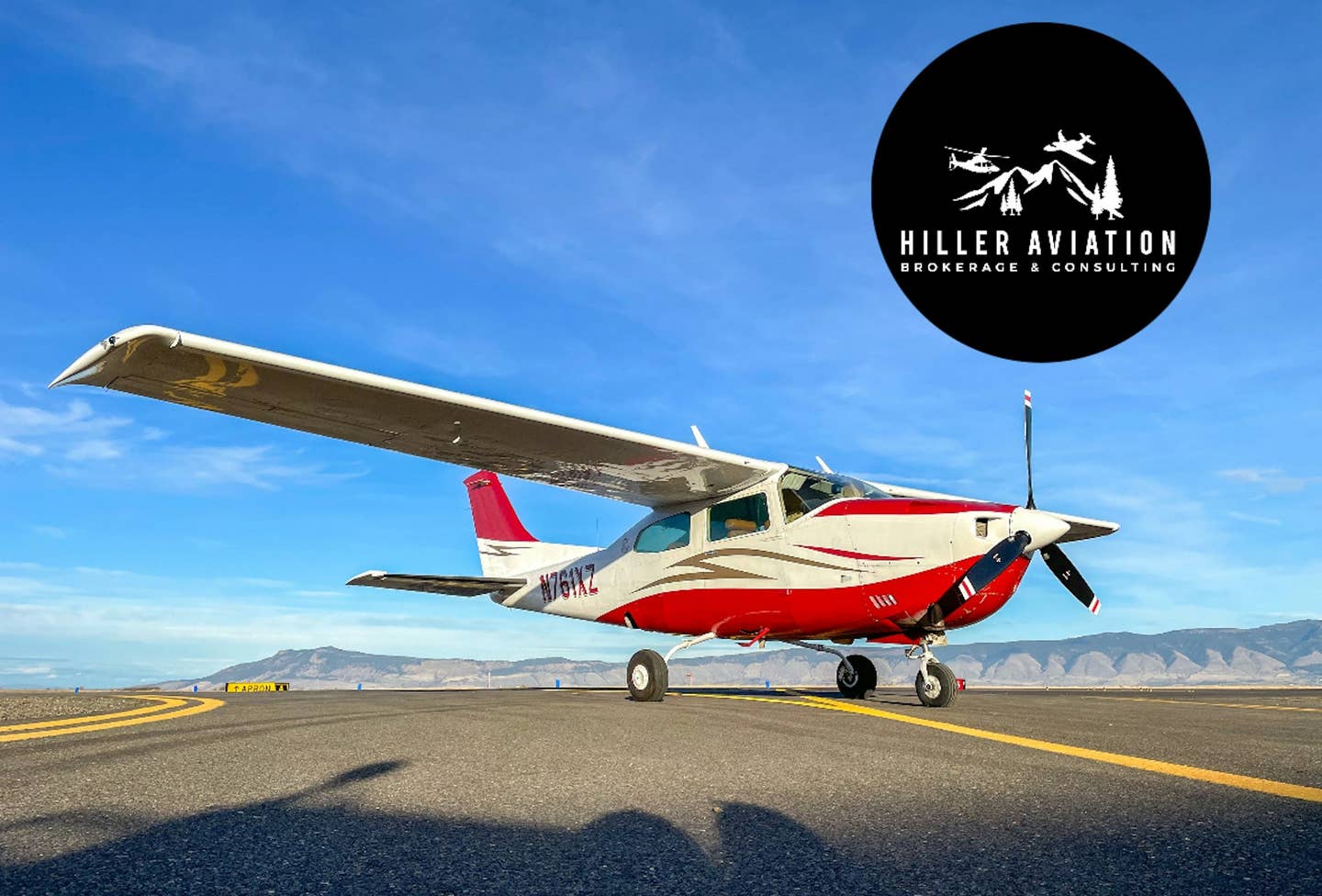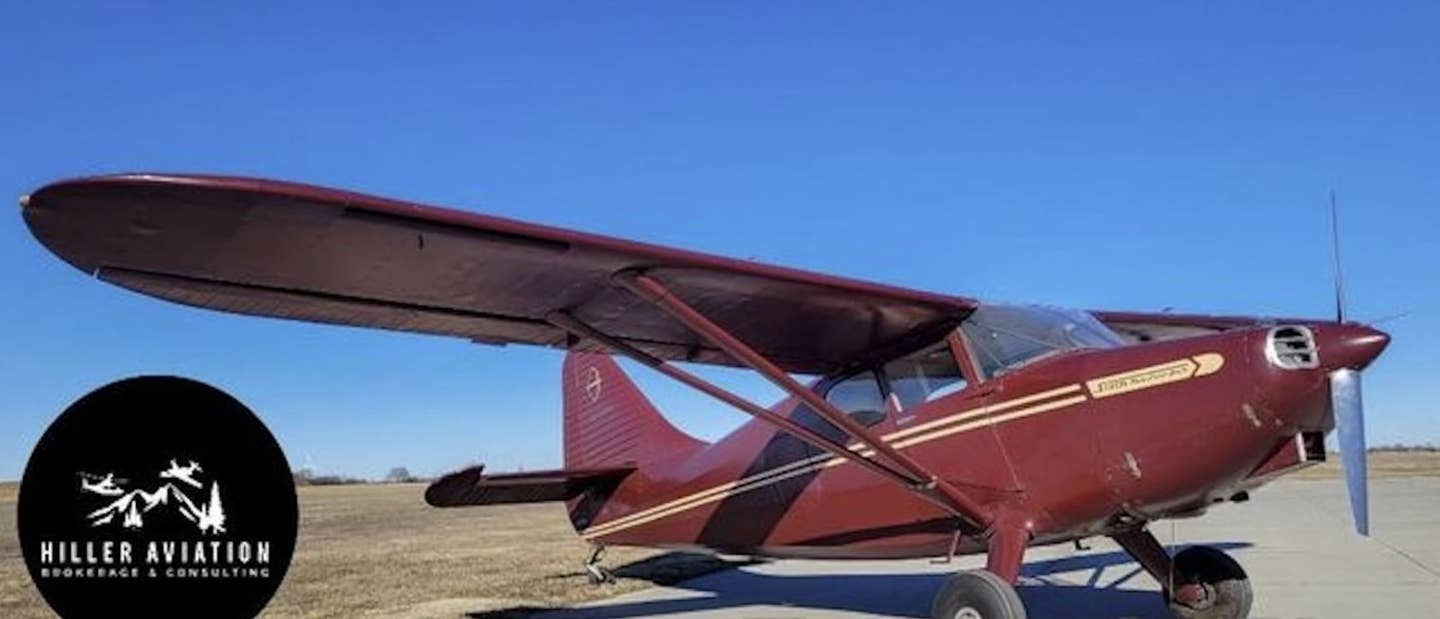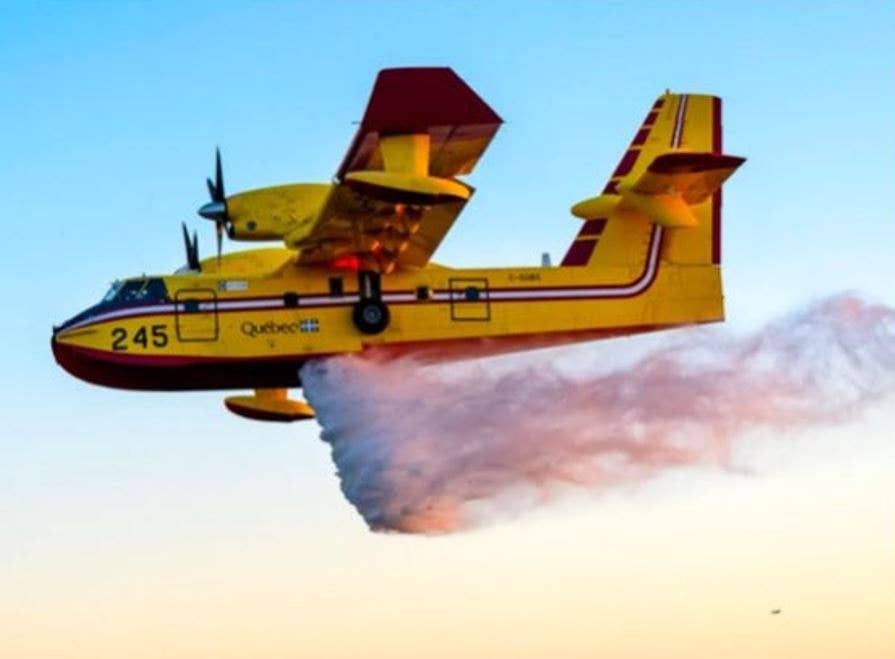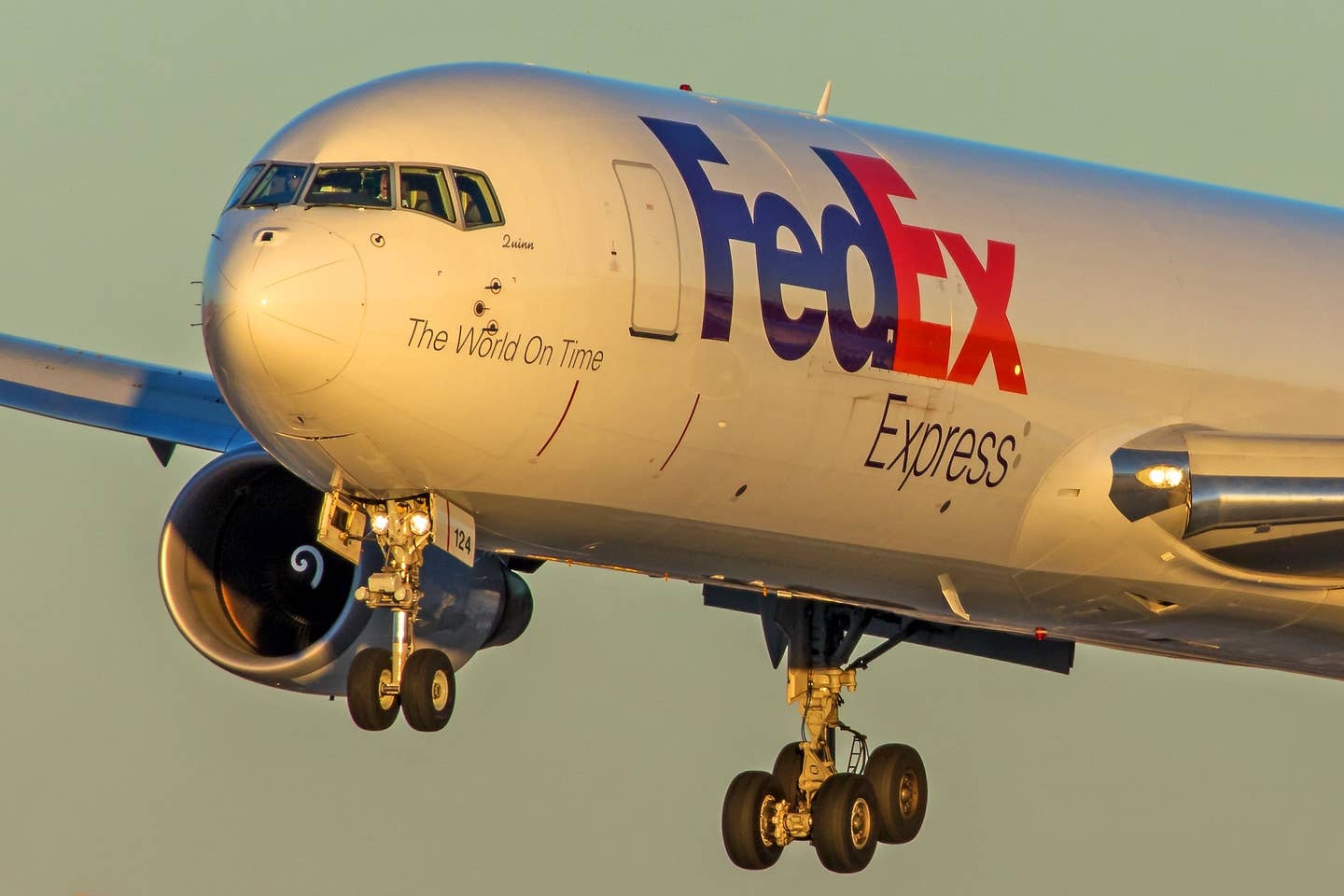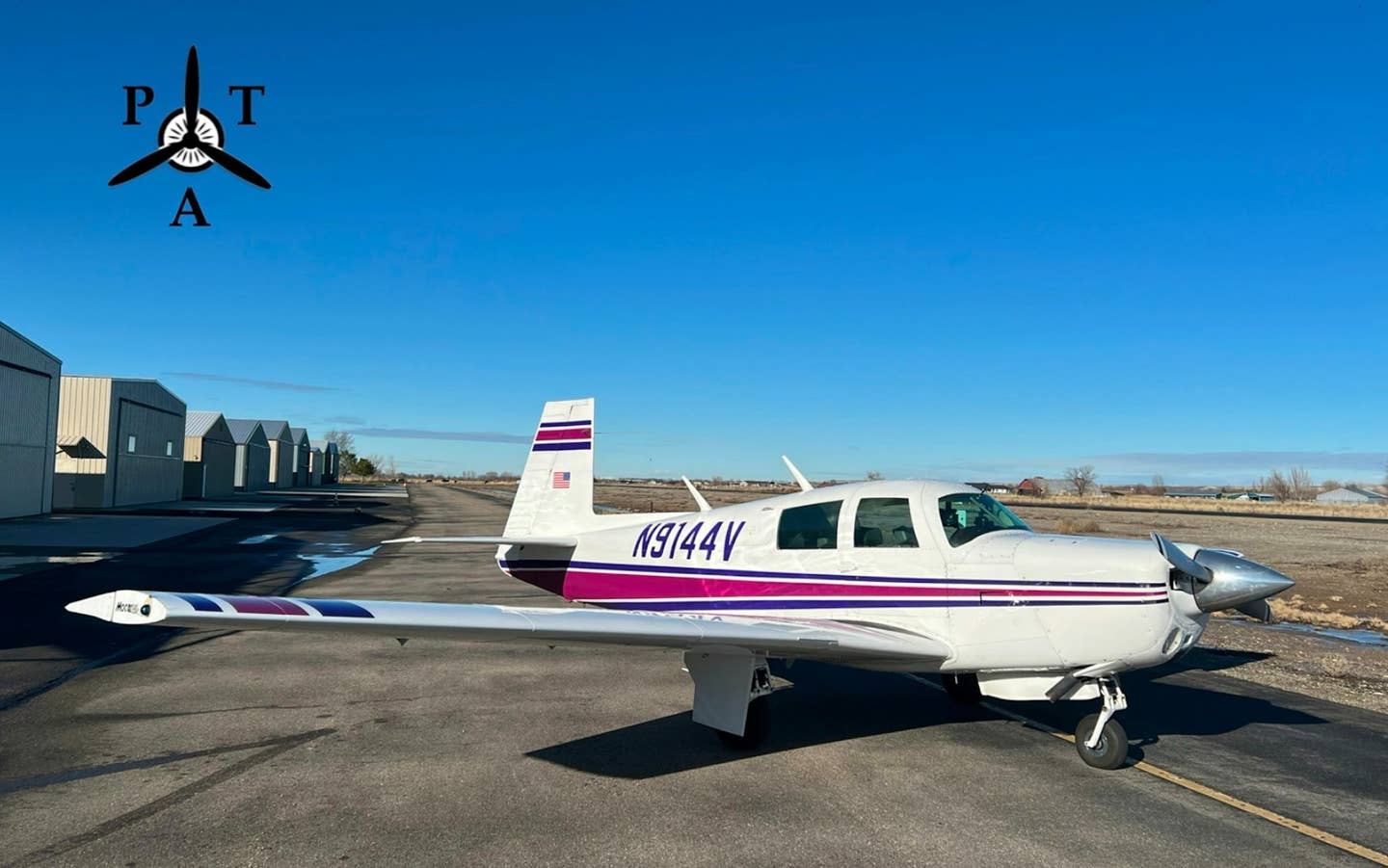
(January 2011) — When is it, exactly, that something important to you becomes invaluable? We buy things, use them and ultimately come to notice that they are getting a little tired looking or frayed about the edges. Then comes the recognition that this useful, maybe even favorite, article is getting old. A decision is at hand: to buy another, newer model or to renew, repair and rejuvenate. Cost and affection vie with hope and excitement. Certainly repairing the old item is cheaper than buying a new one in almost any category. And a certain comfortable appreciation of the old shoe has its appeal. Then again, there is the allure of the newer model wrapped in the exciting notion that the latest iteration of your favorite piece of equipment would provide such an improvement over what you have now that almost any price is acceptable.
If we're talking about vacuum cleaners, who among us would care? But I am talking about airplanes and cars, two things about which most of us care a great deal. I have had a chance recently to look with affection at two favorites of mine: a 13-year-old car and a 30-year-old airplane. In some ways, sorting through this decision tree as regards the car has altered my thinking about the airplane and other things too.
So let's begin with the car. It is a 1998 BMW M3, four-door, alpine white, five-speed with an interior that was advertised as "natur" but is for all intents and purposes a vivid orange. The dashboard and ceiling are black so that the interior gives off a Halloween black-and-orange impression with remarkable effect. When I first picked the car up, brand-new, in Tallahassee, Florida, I was shocked at the color, but my wife, Cathy, reassured me that it looked like those really expensive Hermès handbags. I was uncertain that I wanted to spend my commute riding back and forth in a handbag, but the car was a great performer and I had just bought it sight unseen.
I didn't like it that much at first, either. The suspension is very tight, and you just can't ride on any road with a cup of coffee in the cup holder without having it spill all over the orange carpet. Driving it around Tampa, Florida, didn't give me much opportunity to really let it out of its cage, so I found myself spending sour time noticing some interior imperfections and spill marks. After seven years and 85,000 miles, I ordered a new 5 series sedan without the M appellation. I was now a sedate adult, albeit a wealthy and lucky one.
When the new car arrived, I found that I wasn't really eager to part with the M3. It was running well, had new tires and was paid for. I decided to take it up to New Hampshire, where Cathy and I had built a cottage so as to be near our family. My nephew, John, was a student at Dartmouth, and when I called to propose to him that he drive the car the 1,400 miles, he said, "Do I have this straight? You'll fly me down on Southwest and pay for the gas?" When I said yes, he did too.
John arrived with a fuzz buster, a toothbrush and a smile. Before he left, I secretly zeroed out the average speed and mileage pages on the onboard computer. For the next two days I heard by phone that he was stuck in traffic, going nowhere fast, etc., but when I caught up with the car I found the average miles per hour to be in the low 80s.
That wasn't the only thing I noted. The car was built for mountains, hills and curves. The topography of New England was its natural habitat, and my enthusiasm for the vehicle swelled. I loved the car, loved the rock-solid ride and the ambitious acceleration provided by the torque-prone six-cylinder engine, said by some to be the finest in-line six in the world. In New Hampshire I could often ride with the windows down, surfing over gorgeous landscapes, listening to CDs with the volume cranked way up. For the last six years, I have yearned frequently to get back to New England, and when I have, the first thing I've done is start that car up and take it for a drive.
Decision time came last summer, though. The tires were shot, that hole in the driver's seat had gotten larger, and the speakers had developed a tinny sound. It must have been the effect of freezing temperatures on those Harman/Kardons. I searched the Web, found that BMW was building a four-door version of the M3 again and got hooked on the "build your own" site. When I hit the "enter" button, a price of more than $60,000 sent me hurtling back to the local foreign repair car shop.
In the end, about $2,000 got new coil springs on front wheels, some new mounts, an alignment, some new tires and an oil change. I have learned to use the "fader" on the sound system so that all the music is supplied by the back, as yet unsullied speakers. This is an inconvenience to back-seat passengers who are pretty uncomfortable anyway, what with their knees touching their mandibles. Soon this car will be a classic.
When it came to the Cheyenne we own, the entire exercise took on 10 times the emotion, the cost and the time devoted to deliberation. Nothing can touch the performance of our airplane for the dollar invested. Yet the engines are coming up again on TBO; the number of items calling out for repair and the general sense of deterioration that seeps into my consciousness forced some sober recalculations. Without rehashing the engine dilemma, suffice it to say that the options include installing new, bigger engines or rebuilt engines, overhauling our engines or putting the existing PT-6s on a MORE program that dictates more measurement, oil sampling, two fresh hot sections and a certain amount of faith. The price can vary from $50,000 to $650,000 according to most estimates.
I retreated to controller.com and aso.com. How about a Cheyenne out there with newer engines? How about a Meridian? How about an old King Air? What about operating an older Cessna 421 or 414? Gradually the answers presented themselves: Somebody else's Cheyenne wouldn't have our avionics, our wonderful Mike Duncan interior, that great paint scheme, our 11 years of affection. This is the one airplane I've owned that I can land pretty consistently. A Meridian costs more to buy, has shorter legs and I find it hard to get to the left seat. Older King Airs, though majestic, cost more than comparable Cheyennes and were even more costly to maintain. But, boy, do they stand out on the ramp.
Backsliding from a turbine-powered airplane to a beautiful old Cessna had some fuel burn advantages, but the idea of going back to pistons seemed like a defeat I am not ready to admit. To put the matter clearly, I've just ordered $9,000 worth of side windows for the pilot and copilot positions in our old, comfortable Cheyenne. Like the car, this treasured possession deserves just that. In a sense, it already is a classic.
I have never found a scowl upon my visage when paying up for maintenance or improvements on any airplane, and with the Cheyenne, a smile crosses my countenance whenever I think of maintaining or improving this magnificent machine regardless of the amount of the check. I like taking care of this airplane.
There is one other venerable thing that is very important to me. You may have noticed some upheaval in the editor's chair at this magazine. I won't kid you and tell you that I didn't find these tumultuous events unnerving. They were. But Robert Goyer is at the helm now, and I am reassured. Robert has been with this magazine for 16 years and a welcoming friend to me for the past 11. He has a unique combination of industry know-how and a curious eye. His knowledge has not submerged his boyish enthusiasm for things that fly and people who fly them. In the end, these covers have housed, protected and nurtured the likes of Ernest Gann, Richard Bach, Russell Munson, Len Morgan, Richard Collins and Mac McClellan, among others. That's a legacy and a responsibility.
In a way, the events of this summer have elicited emotions that mirror the way I feel about a 13-year-old car and a 30-year-old airplane. I feel reinvigorated and renewed. I have a better sense of just how valuable these treasured, venerable things really are.
My relationships to them mean more and more to me. With today's hackneyed and habitual overuse of words like "venerable," "legacy," "classic," "magnificent" and "treasured," it is hard to describe accurately these emotions of satisfaction and fulfillment that define my relationship to an old car, an older airplane and a magazine that is older still.

Sign-up for newsletters & special offers!
Get the latest FLYING stories & special offers delivered directly to your inbox

